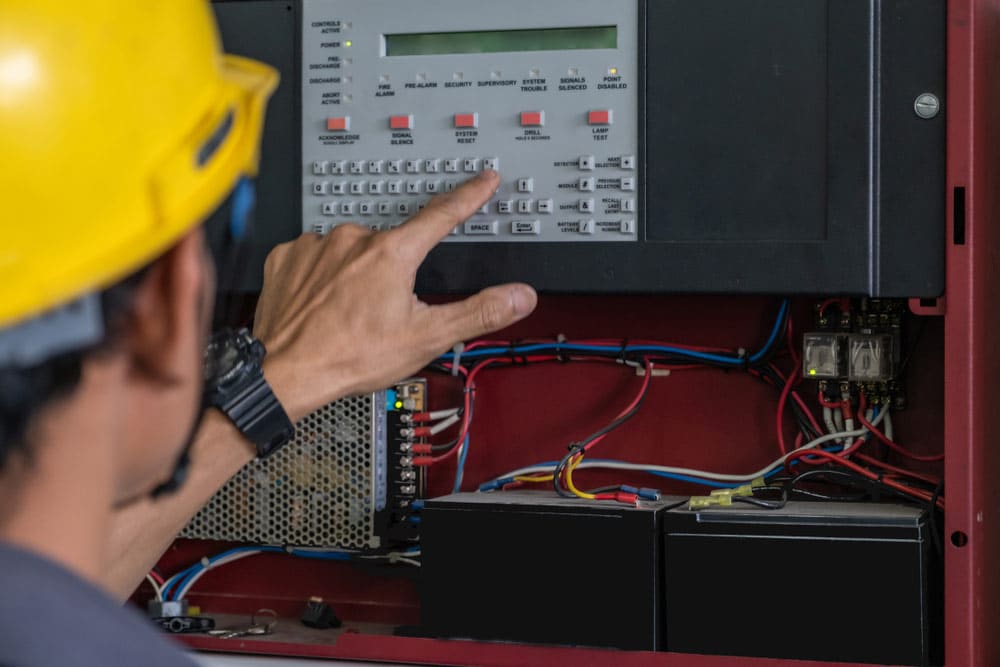Your fire alarm system is your first line of defense against the danger of a fire. But, what many people don’t know is that your fire alarm system does much more than just alert you of a fire. Instead, it has three broad signals, or capabilities: alarm, trouble, and supervisory.
The alarm signal is what you typically think of when you hear “fire alarm.” It detects fires, alerts occupants, activates suppression systems, and notifies authorities. The trouble signal is also pretty straightforward, notifying you of a problem with the alarm system’s operations, such as power outages or low battery levels.
But supervisory signals are a bit more complex to understand. Below, we’ll describe what a supervisory signal is, what it does, and how you should test and respond to them.
What Is a Supervisory Signal?
A supervisory signal indicates that there’s a problem with one of the systems attached to and monitored by your fire alarm system. The problem could be related to valves, kitchen hood suppression, valve room temperature, fire pump condition, and more — all of which could hinder an important functionality of your fire alarm system, leading to devastating damage if not attended to promptly.
When set off, a supervisory signal will usually appear as a yellow light accompanied by a fast beeping sound on your fire panel. No other notification devices (horns, bells, strobes, etc.) will be sounding. Most fire panels will have a digital display telling you exactly which type of supervisory signal it is, and possibly even the location of the problem.
Common Conditions Detected by Supervisory Signals
There are a number of conditions that supervisory signals can detect and notify you of. As mentioned above, some fire panels can tell you what the specific condition is. Or, if yours doesn’t, a trusted fire system service provider will be able to help you.
Some of the most common conditions detected by supervisory signals include:
- Sprinkler valves aren’t left open after service
- Malfunctioning compressor system produces pressure levels that are too high or too low
- Dust detectors identify smoke from dust burning on heating coils
- Dust detectors activate in response to the HVAC system kicking on
- Abnormally low or high temperatures in the fire pump room
- Loss of power to the fire pump
How to Respond to a Supervisory Signal
Supervisory signals do not indicate life-threatening issues, but if they’re not attended to and resolved quickly, those situations could result in bigger problems. So, when you notice a supervisory signal, it’s recommended that you call your fire system service provider immediately. Depending on the specific condition displayed, they’ll be able to determine if it requires immediate attention or not.
How Often Should Supervisory Signals Be Tested?
Just like all other components of your fire protection system, your supervisory signaling devices require routine inspections, testing, and maintenance to ensure they’re working properly. They should be inspected and tested as part of your quarterly fire sprinkler system inspection.
A supervisory signal is an important component of your fire alarm system. If you’re experiencing trouble with any supervisory signals, it’s important to schedule expert service immediately. Call Vanguard Fire & Security Systems to set up your maintenance appointment today.


